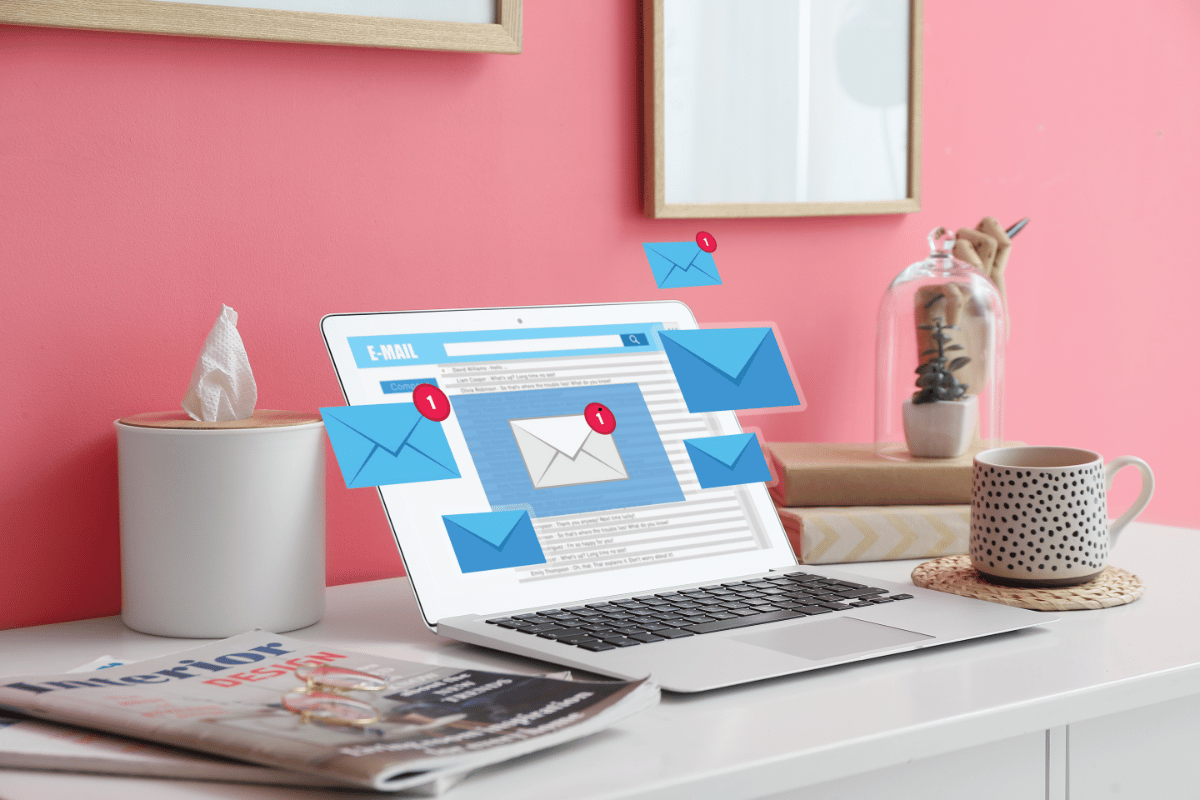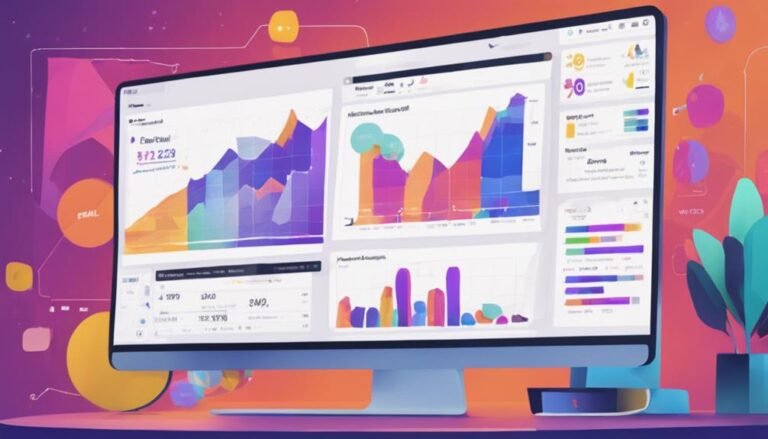Why Emails Go Unread: The Hidden Communication Gap
Unread emails are more than a minor annoyance. They are a symptom of a larger communication problem in modern workplaces. Despite being one of the oldest digital tools in business, email has become so overused that it is losing its effectiveness. Understanding why messages go unopened can help organizations refine how they communicate and reconnect with their teams.
Overflowing Inboxes and Digital Fatigue
The average office worker receives over 100 emails a day. With that kind of volume, attention becomes selective. People prioritize what feels urgent, often skipping messages that appear irrelevant or time-consuming. Subject lines that are too vague or overly promotional are easy to overlook, while lengthy bodies filled with dense information quickly lose a reader’s interest. Digital fatigue also plays a role. Constant notifications across multiple platforms can desensitize employees, causing even important updates to blend into the noise.
Poor Timing and Information Overload
Timing can be as important as content. Sending an email late in the day or during peak hours often means it lands deep in an inbox by the time someone checks again. Similarly, stacking multiple messages throughout the week, especially those lacking clear calls to action, creates cognitive overload. Employees may start to skim or ignore messages altogether. Condensing essential information and spacing communications more strategically can help important messages stand out.
Relevance and Audience Awareness
Messages fail when they are not relevant to the recipient. A company-wide update about a project that affects only one department wastes everyone else’s time. Segmenting communication by role or interest ensures that recipients receive information that actually matters to them. This approach shows respect for the reader’s attention and increases engagement.
Beyond Email
Today’s workforce does not rely on a single channel. Many employees prefer instant, mobile-friendly communication that aligns with how they already interact outside of work. Integrating other tools, such as an employee text messaging system, can help ensure that time-sensitive updates reach people quickly and directly. Email still has its place, but combining it with more dynamic methods supports faster responses and higher engagement rates.
Unread emails highlight a mismatch between how businesses communicate and how employees consume information. The solution is not to send more messages but to send smarter ones that are shorter, clearer, and better targeted. For more information, look over the infographic below.






